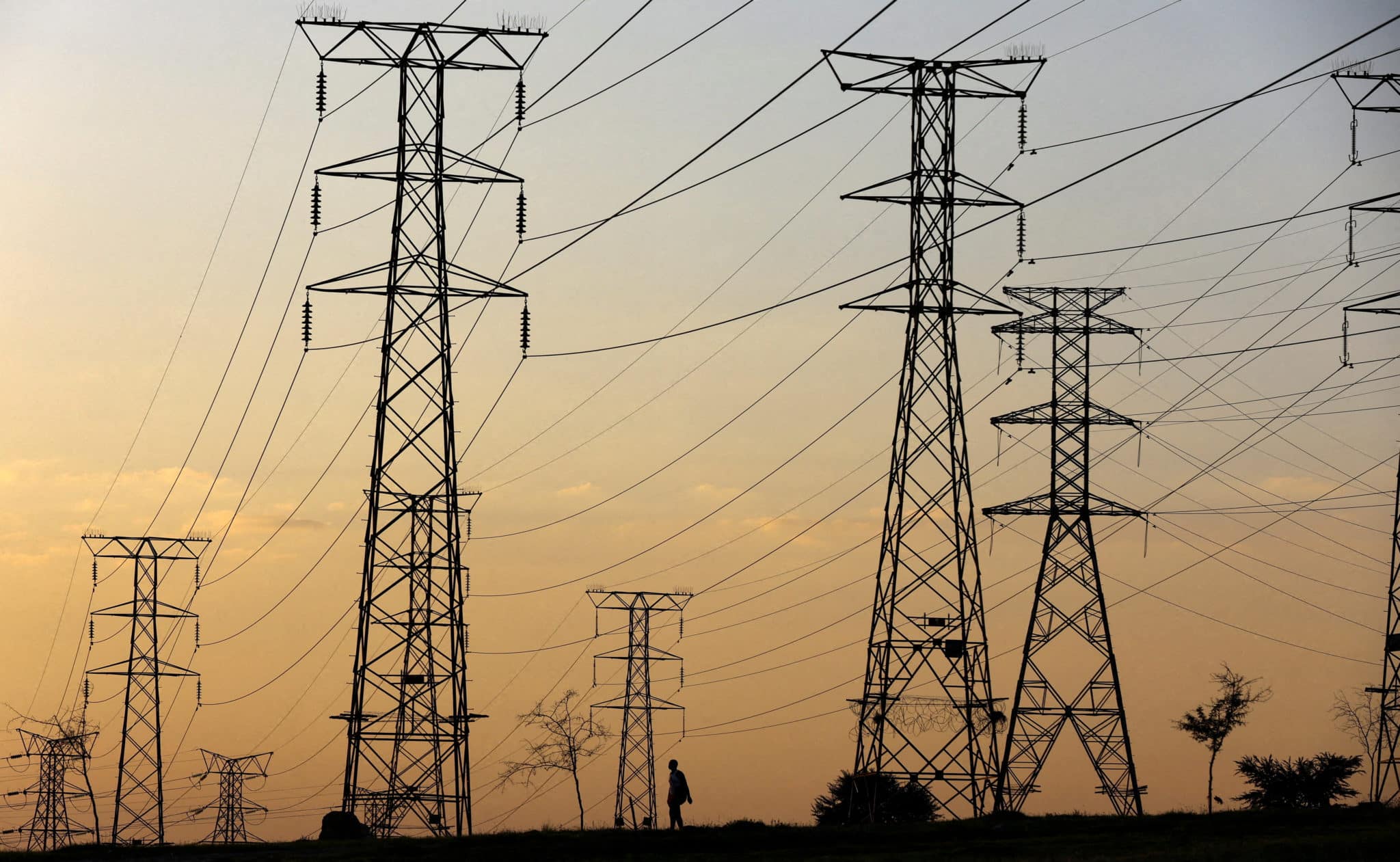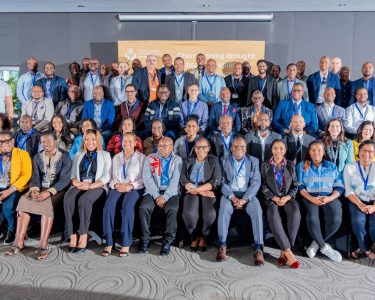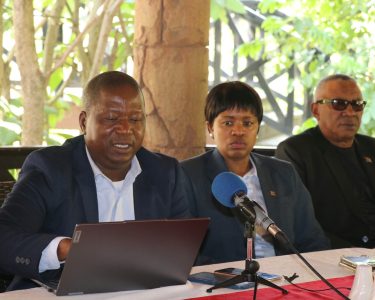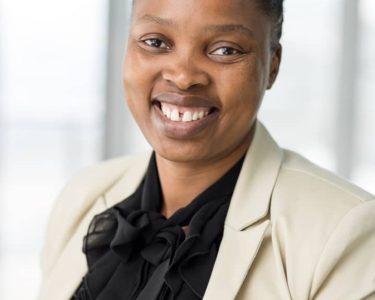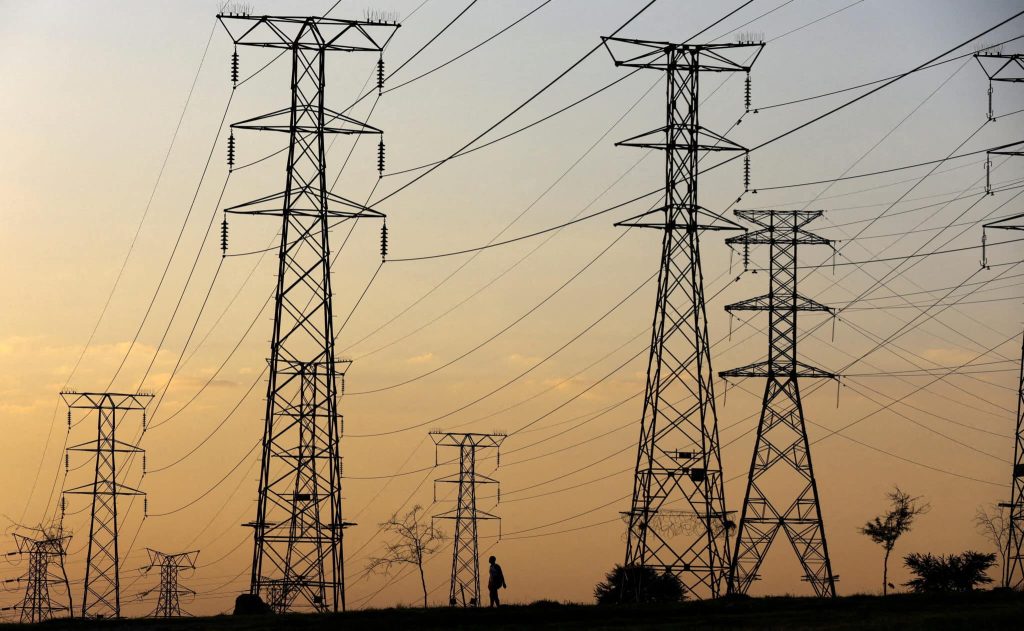
By Tim Cocks
PRETORIA – South Africa’s plan to expand its power grid, now the biggest bottleneck to replacing coal with renewables, has hit a snag: finding investors to lend the necessary $21 billion to a near-bankrupt state monopoly.
Since May’s election brought a coalition government to power, there has been a policy shift favouring renewables, after years of bureaucratic delays and contradictory messages about South Africa’s willingness to give up coal, which provides 80% of its power.
But as private providers – including Mainstream Renewable (owned by Aker Horizons, EDF Renewables and Acciona SA – prepare to transform the sector, many face another problem: how to get power from sunny and windy outposts to energy-hungry urban centres.
Six officials told Reuters over the past month they were considering options for financing some 14,000 kilometres (8,700 miles) of power lines and pylons, but hadn’t yet found a solution.
“Our quest to decarbonise … relies heavily on our ability to expand the grid,” new Energy Minister Kgosientso Ramokgopa told Reuters at his office in Pretoria late last month.
RELATED: As Eskom Woes Deepen, Power Cuts Loom for Eswatini
“But raising 390 billion rand ($21.30 billion), the state doesn’t have the balance sheet to roll out that size of capital investment.”
Meanwhile, donors offering a total of $11.6 billion mostly in loans to fund climate-related projects are reluctant to lend the needed cash to state power firm Eskom without sovereign guarantees, which the government cannot currently provide, two donor country sources and a South African source involved in the programme, told Reuters.
That is because of its high debt levels – Eskom owes over 400 billion rand, even after receiving billions in government debt relief. Broke municipalities also owe the utility 78 billion rand, which Ramokgopa calls an “existential threat”.
Representatives of the German and French partners in the donor-funded program did not respond to emailed questions, while British partners declined to officially comment.
“SIMPLY NO WAY”
Burning coal has rendered South Africa among the world’s top 15 greenhouse gas emitters – above Italy, France and Britain. It is seen as a test case for aid to developing countries to switch to green energy, alongside Vietnam and Indonesia.
But years of blackouts from ageing power stations have also ravaged Africa’s most industrialised economy and Eskomonly ended them earlier this year by firing up its coal burners to full capacity, most likely increasing emissions.
A bidding process to bring in independent producers to generate power and sell it to Eskom last year failed owing to insufficient grid capacity, Rudi Dicks, head of project management at President Cyril Ramaphosa’s office, said.
The core issue is that the grid stems from the northeastern coal belt, but the sun beats down hardest on the semi-desert Northern Cape, while the coastal Eastern Cape gets the best winds.
“You really need to reconfigure the entire grid … (but) they are chugging along building at less than 10% the pace that’s needed,” Crispian Oliver, head of the Presidential Climate Commission, told Reuters.
Eskom’s plan involves building 1,400 kilometres of transmission lines every year for at least 10 years. Last year, it managed 74 km (45 miles).
“There’s simply no way Treasury can put out (sufficient) … guarantees,” Oliver told Reuters, remarks echoed by Ramokgopa.
“The alternative is to … get the private sector to take on large portions of the risk,” Oliver said, via mezzanine finance.
“WE NEED TO BUILD NOW”
A Treasury spokesperson did not respond to a request for comment, but the two donor sources said options included escrow accounts – in which a neutral third party holds the funds and releases them when both sides have met their obligations – and offtake agreements with private firms that would fund construction in exchange for future earnings.
The latter could unlock cash from the United States, which currently doesn’t fund transmission as it will not work with public institutions.
“Should a framework involving private entities be established, we would be open to exploring partnerships,” Emilia Adams, a U.S. embassy spokesperson, said.
RELATED: Eswatini’s journey to energy self-sustainability
Eskom CEO Dan Marokane told Reuters that to attract private companies into the transmission, the regulator still needed to overhaul tariffs “because investors want to know with certainty what their return expectations can be”.
He hoped this would happen by year-end.
Dicks, meanwhile, said the Treasury had agreed in principle to fund some grid buildout on a case-by-case basis, and that work was underway to get private firms involved.
“But that’s 18 months away,” he said. “And we need to build right now”.
Officials had agreed to adopt engineering procurement and construction financing (EPC) and independent power transmission funding (IPT) methods, Dicks said, with the latter opening up the possibility of getting China, which last year signed a raft of energy deals with South Africa, involved.
A spokesperson for The State Grid Corporation of China could not be reached for comment. (Reuters)



